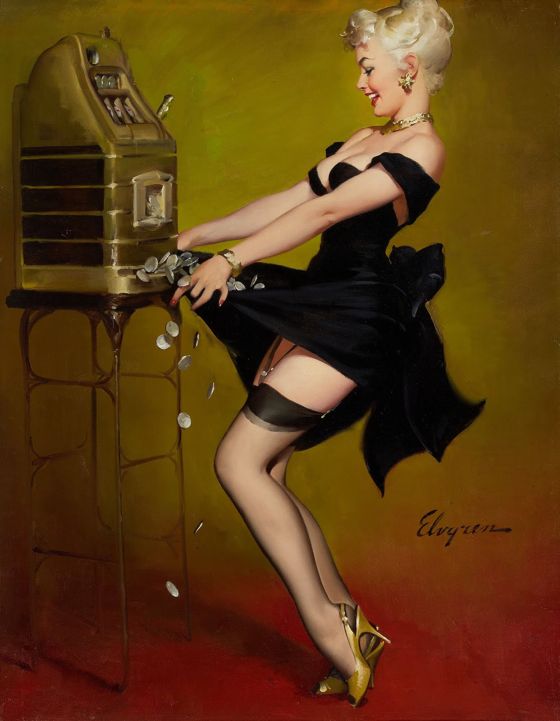
Ah, Las Vegas — where the fun never stops . . .


Ah, Las Vegas — where the fun never stops . . .
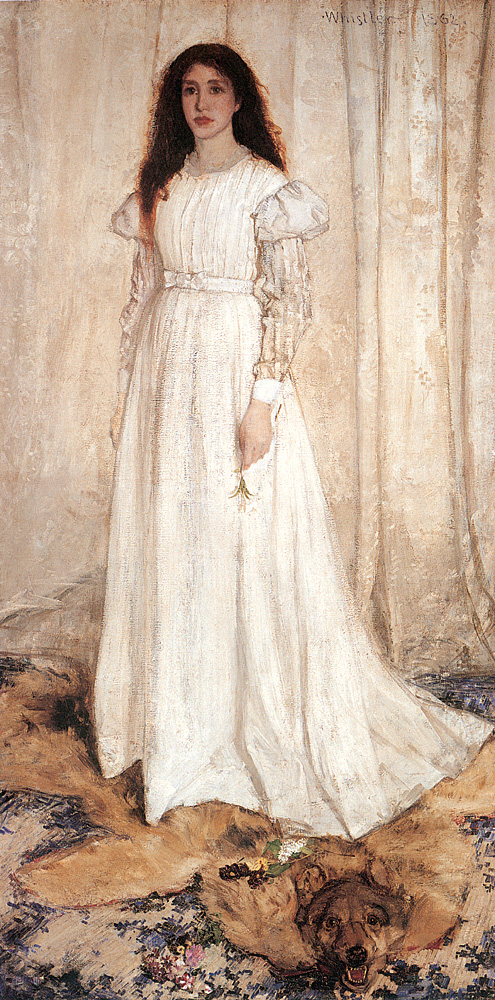
Symphony In White No. 1
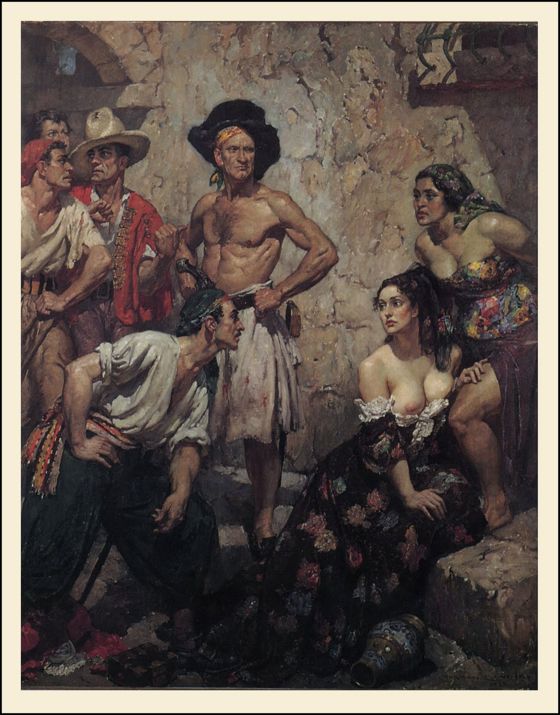
Norman Lindsay was a prolific Australian author and artist who worked in many media. He's known today mainly for his delightfully erotic line drawings featuring full-figured female nudes. Michael Powell's last film was an adaptation of Lindsay's novel The Age Of Consent, and a film about Lindsay's life, Sirens, was released in 1994.
The image above, from 1938, introduces a frankly erotic element into the foursquare narrative style of N. C. Wyeth's illustrations — a slightly startling combination.
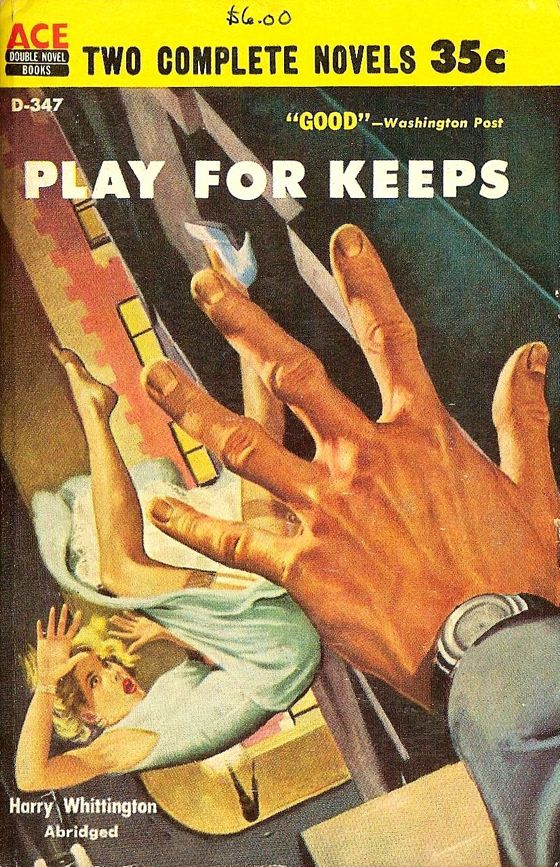
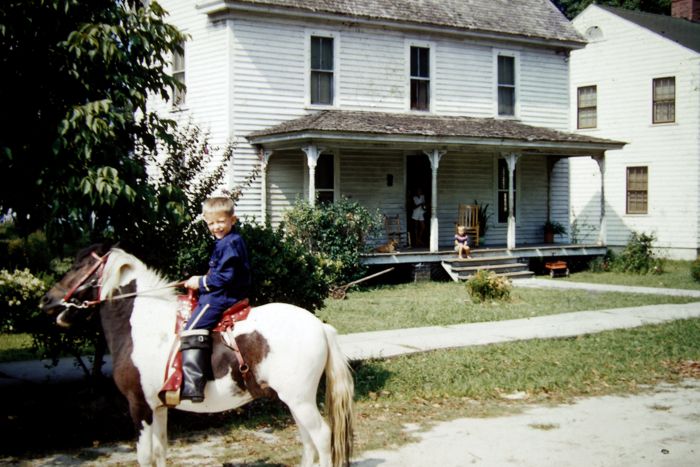
My sister Libba recently discovered the photograph of me above, taken when I was six or seven. I remember that pony very well — it belonged to my friend Axel, whose
dad owned The River Forest Manor, an inn and sporting lodge in Belhaven, , North Carolina, the tiny town where my family was living at the time. Axel liked to offer rides to
friends, then poke the pony in the side with a sharp instrument and
roar with laughter as the pony went crazy and bucked them off. I don’t remember
having any adult supervision when we rode the pony — such was life for kids in the Fifties, at least in a rustic backwater like Belhaven.

Belhaven is located on the Pungo River, an arm of Pamlico Sound. That’s the inn above, the only elegant edifice for miles around, which often hosted fishermen and hunters — the area, watery and swampy, is a famous duck hunting region.
I remember even better the rubber wading boots I’m wearing in the photo. Life was never the same after I got them for Christmas one year. They were a special request. I wanted them so I
could penetrate deeper into swampy places in search of turtles. Capturing turtles was my obsession in those years — especially snapping turtles, because they could get to be so big.

Friends of mine would run halfway across town to report a snapping turtle sighting, because they knew how excited I’d get about it, and I would run twice as fast to where they’d seen it to try and grab it before it wandered off somewhere else. Big snapping turtles are dangerous — they can easily snap off the tip of a little kid’s finger — but I don’t recall ever worrying about this, or my parents ever trying to dissuade me from the activity. If a turtle I was after slid off a creek bank or a log and disappeared into murky water I’d try to estimate its submarine trajectory and reach down into the water with my bare hands to seize it.

Desire banished fear — because having a big snapping turtle was like having your own miniature dinosaur. Handling the creatures one you get hold of them is safe enough if you take a little care — grasping a snapping turtle by both sides of the shell precisely in the middle render its jaws and claws harmless. You just have to be quick about it. I adopted a professional attitude about the whole enterprise — hence the wading boots.
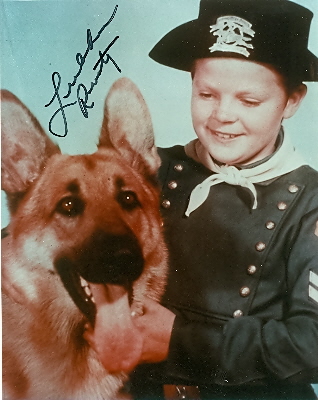
In the picture I’m wearing a cavalry uniform, which I didn’t remember at first, but then I realized it must have been a “Rusty” outfit from the TV show The Adventures Of Rin Tin Tin. Sure enough I located a photograph of the costume on eBay.
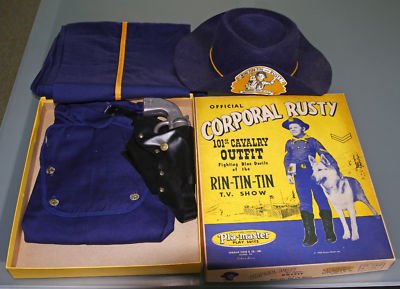
All the evidence would seem to suggest that the photograph was taken at Christmas, in 1956 or 1957. Axel had probably just ridden the pony, a Christmas gift of his own I guess, over to my house to show it off to me.
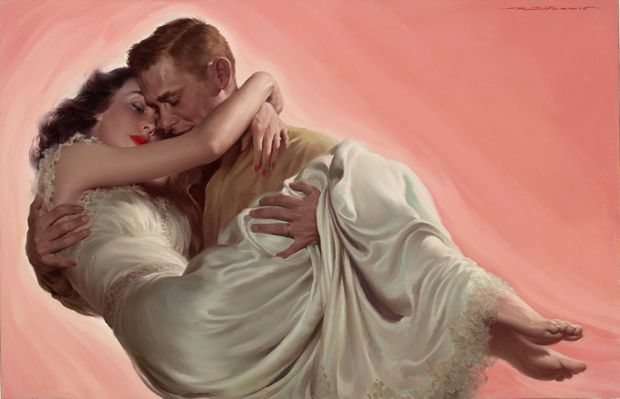
Woman's Home Companion, 1953
[Via ILLUSTRATEURS]

It's always heartening to see a tyrant fall. It reminds us that
tyrants are all paper tigers in the absence of the support or apathetic
consent of the people they rule. This political truth is one that
people habitually forget — even in countries like America which were
founded on an absolute faith in this truth.

But something more important has been shown in Egypt over the past three
astonishing weeks. We have seen a nation of decent, peaceable,
creative, idealistic, brave people . . . most of whom happen to be
Muslims. It's no wonder that the lunatic fringe on the American right
is upset over this vision — demonizing Muslims is the cornerstone of
much of the foreign policy of that fringe.

But you cannot demonize the young people in the streets of Egypt right
now. You cannot demonize their joy, their desire for freedom, their
humane methods, their sweetly earnest pride in who they are and what
they have done. Even if their movement is hijacked by a new autocracy
or by fanatics — which is very hard to imagine happening — we have
seen surging crowds who represent the real Egypt, and they are not
fanatics, they are not violent, they are not anti-American. They are
just good, dear people who want liberty and economic opportunity.
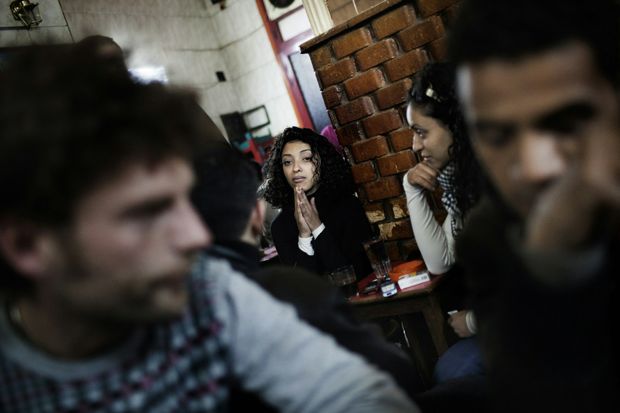
Many of them hold religious views which we in the West would call
barbaric. Slavery, enshrined in our Constitution, and the exclusion of
women from political power, back when America began its experiment in
democracy, were similarly barbaric . But democracy, a free market for
ideas, is the only known road from such barbarism to an enlightened
society. No other system of government has ever traveled it.

If the Egyptian people want democracy, they want a chance to change and
to grow — to be born again as a nation. They know, in their hearts,
what we all know — that he not busy being born is busy dying. Egypt
has decided to get on with the business of being born.
[Images from The Boston Globe's The Big Picture]
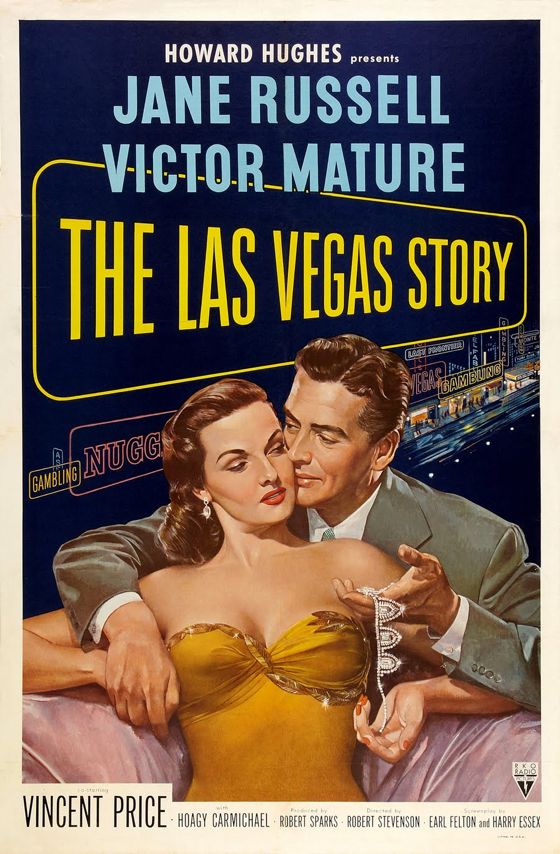
I'm living it, folks . . .
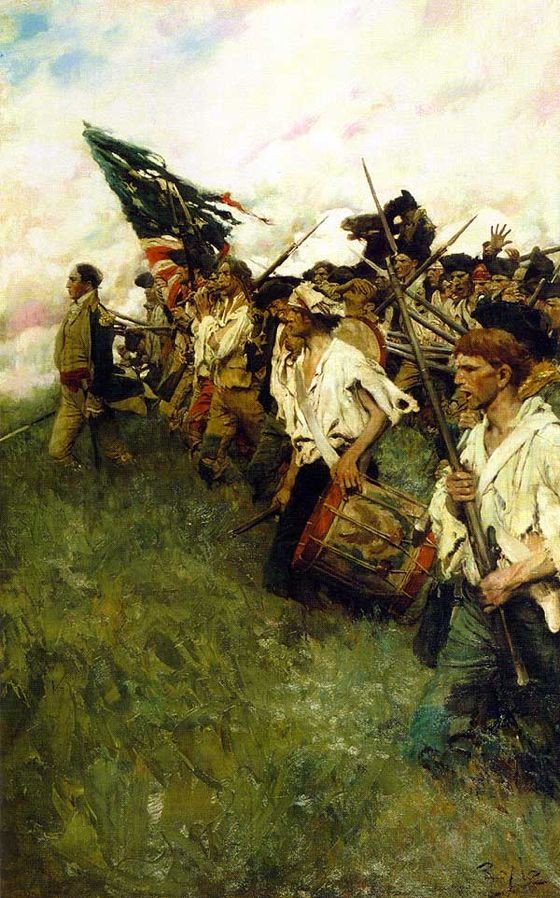
Nation Makers

This week, Henry's Western Round-up — a blog devoted to news of Westerns in all media — features my Western short story “Tracker” (available here for 99 cents) and an interview with the author.
Henry (Henry Parke) has these kind words to say about the story:
I must admit I was initially intrigued about reading “Tracker”
not for the story itself, but for how it was offered –- as a download
from Amazon, for a Kindle. It only cost a buck, but I hesitated because
I don’t own a Kindle, and don’t even want one, but it
turns out there’s free Kindle Reader software that I could download to
my PC. I’m glad I did.
“Tracker” is a western short story about an unexpected alliance between
a bounty-hunter with a wounded shooting-arm, and a desperate young
woman with a skill for shooting. It’s written in a very crisp and
direct, unadorned style, and it goes places that I did not expect.
While the tone is not grim, let me warn you that elements of the tale
are very dark indeed. I strongly recommend anteing up the dollar.
![]()
The full post is here, and the free Kindle Reader software is here.

Fans of illustration from the 1940s and 1950s (and of the Mad Men era) should make a beeline to Leif Peng's blog Today's Inspiration, which is a treasure trove of wonderful stuff. The ad pictured was published in Cosmopolitan magazine in 1955.
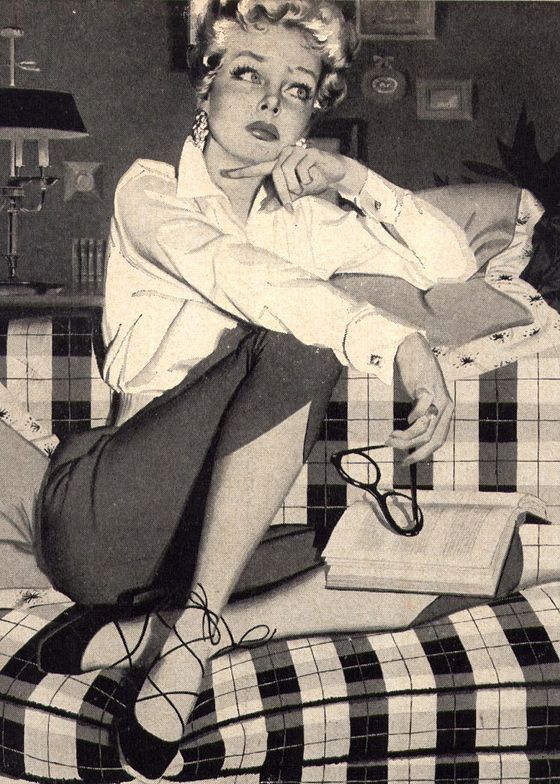
It was drawn by Freeman Elliot — the detail above reveals a stylish and lively approach to selling mouthwash.
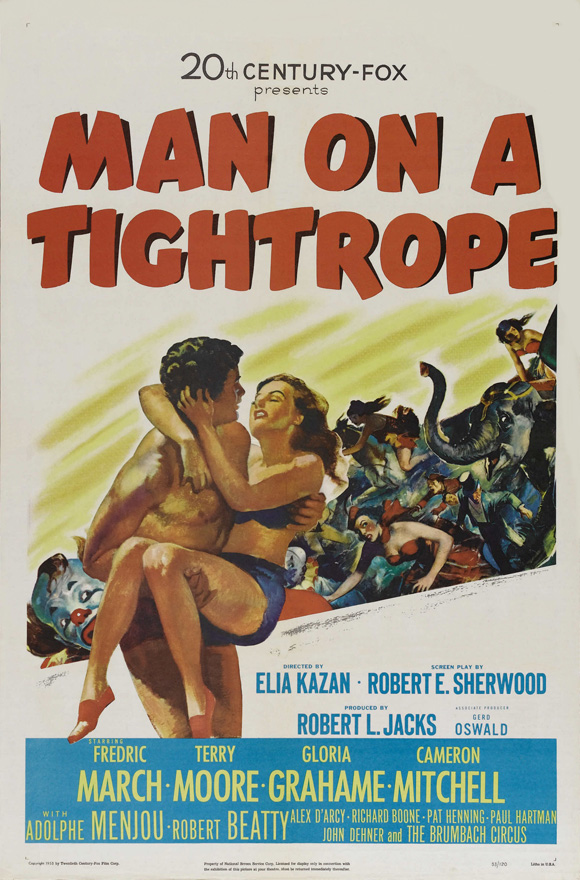
I’d never even heard of Elia Kazan’s Man On A Tightrope until I encountered it in the new Elia Kazan Collection DVD box set, so I was a little surprised to discover that it’s a minor masterpiece. Kazan dismisses it as a misfire in his autobiography, probably because Daryl Zanuck took it away from him and edited it himself. Kazan didn’t like what Zanuck had done with it, and when it flopped at the box office, he may have just wanted to forget it.
It doesn’t deserve to be forgotten.
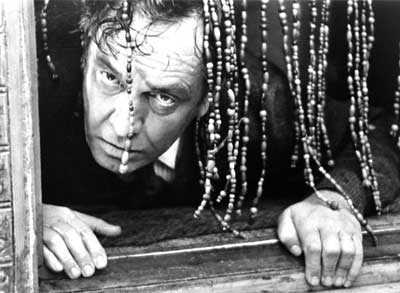
If Ingmar Bergman had ever made a cold-war thriller, it would probably have looked a lot like this film. It’s about a shabby little circus troupe behind the Iron Curtain which plans to escape across the border to freedom in the West. According to Kazan, Zanuck cut the picture to emphasize the suspense element, losing a lot of Kazan’s nuance and atmosphere, but the truth is that it works as a thriller and has plenty of nuance and atmosphere — beautiful and surreal images of the circus world that elevate the film into an eloquent metaphor for artists struggling to escape restraint.
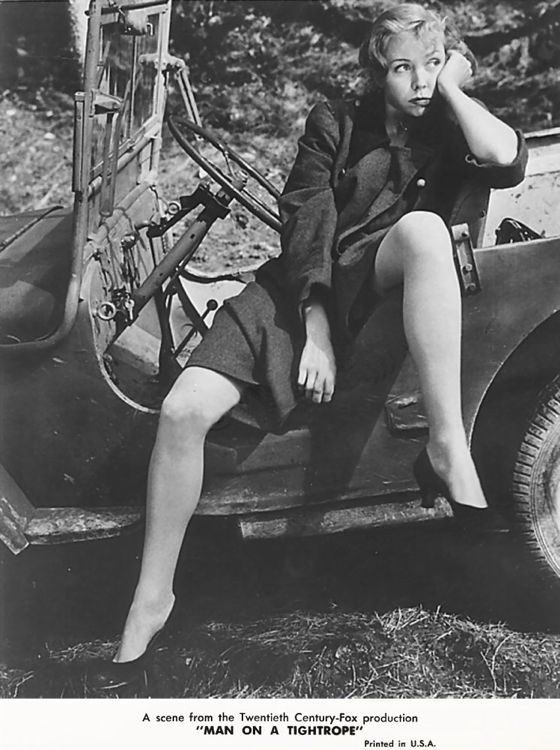
Frederick March gives one of his best performances as the leader of the circus — quiet, understated, touching. Gloria Graham is as vexing as she often was as his wayward wife and Adolph Menjou has a brief but effective turn as a Communist internal security operative.
The film was shot in Germany, mostly on location, and looks terrific, blending the poetic and the documentary with a sure eye.
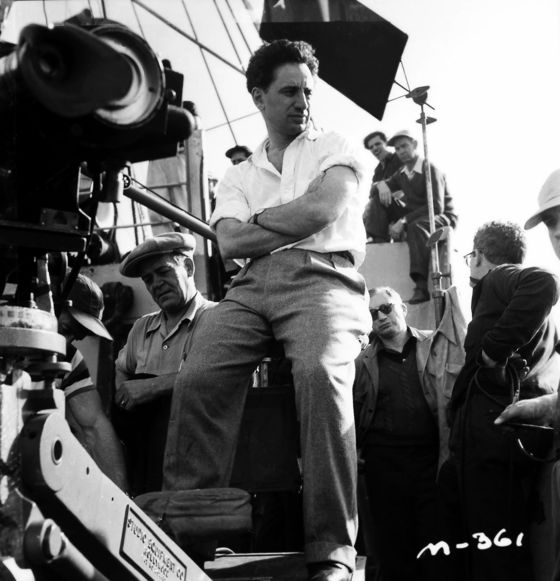
It was the first film Kazan made after naming names before HUAC and earning the eternal enmity of progressives, but the interference with the arts depicted in the film echoes the interference attempted on American soil by the members of the American Communist Party whom Kazan “betrayed” to HUAC. It was this interference which caused Kazan himself to leave the Party in the 1930s, and Man On A Tightrope was a kind of defiant defense of his actions, then and later. It reminds us that, however opportunistic and hypocritical the Communist witch hunters may have been, they were hunting real witches — real and ruthless apologists for Stalin and Stalinist methods.
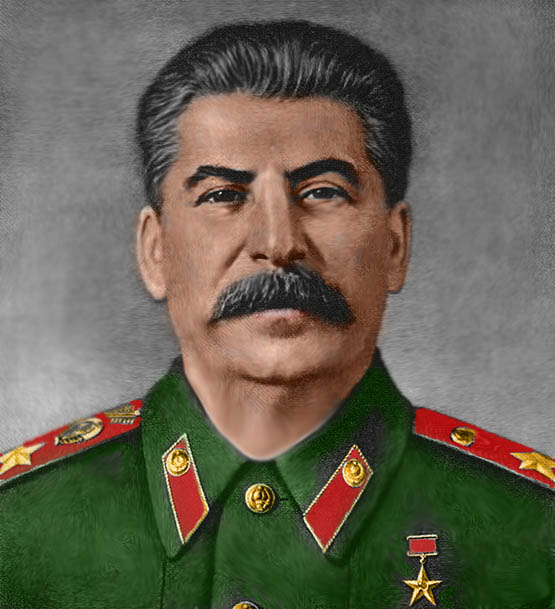
That ought to be taken into account in judging Kazan for “ratting them out”, but none of it needs to be taken into account in appraising Man On A Tightrope, which is a fine and masterful work of art.
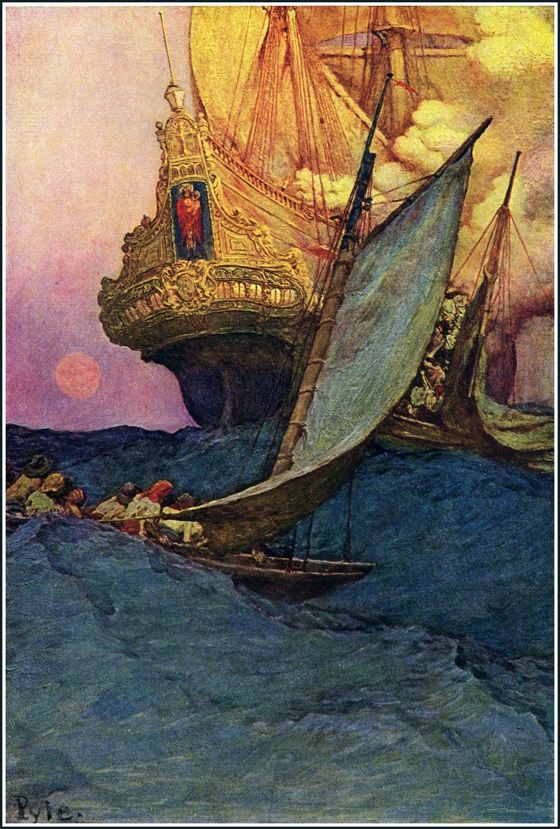
“The Attack On the Galleon”, frontispiece for Howard Pyle’s Book Of Pirates.
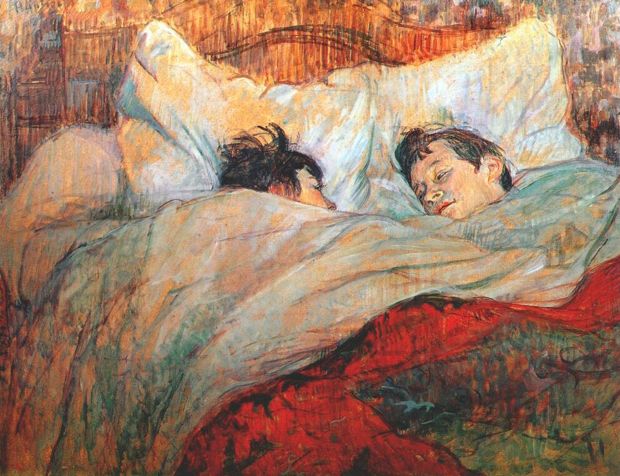
In Bed, 1893